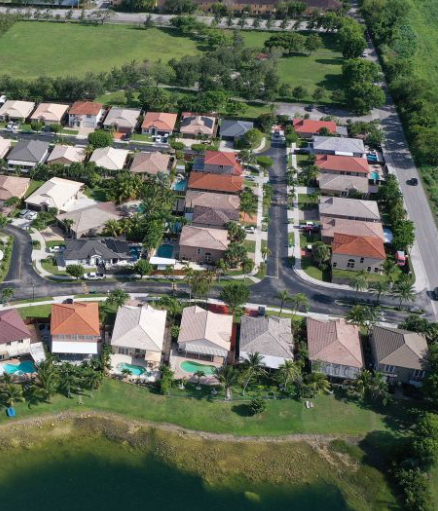The rising cost of shelter represented 90% of last month’s

In the latest Consumer Price Index, shelter costs accounted for 90% of total inflation last month – but the Federal Reserve Bank of San Francisco predicts a sharp turnaround in the coming months.
Inflation in housing, which is the largest component of the CPI, is expected to cool this year and might even turn negative next year.
In July, shelter costs increased by 0.4%, and by 7.7% from a year ago. The year-over-year shelter inflation rate has declined for four consecutive months, from 8.2% in March to 7.7% in July.
As a result of the Federal Reserve’s historic campaign to bring down inflation, interest rates on mortgages soared to north of 7%, bringing the white-hot pandemic market to a halt.
However, researchers from the San Francisco Fed predict that shelter inflation may contract more severely than in the years following the Global Financial Crisis.
According to the researchers, shelter inflation will continue to slow through late 2024 and may even turn negative by mid-2024. “This would signal a sharp turnaround in shelter inflation, which would have important implications for the behavior of inflation overall.”
According to their baseline model, year-over-year shelter inflation in late 2024 could fall anywhere from negative 9% to 2%. This would result in a slowing of inflation, even at the upper end of the range.
There are a couple of caveats to consider. One reason is that the estimates are based on data from the pandemic period, which saw exceptional growth in housing markets and inflation. Additionally, these projections assume no further shocks to the system will occur.
There is a disconnect between shelter inflation, which has remained higher, and other components of inflation, which have fallen. Since market indicators like home prices and rents have been falling, this is especially true. In combination with the rise in interest rates, that suggests a significant slowdown in the housing market.
In calculating the Consumer Price Index, the Bureau of Labor Statistics evaluates a basket of goods that includes housing. Rent and utility payments are included in shelter inflation for renters. In the case of homeowners, the BLS determines what it would cost to rent a similar house. Other aspects of the economy contribute to inflation as well.
